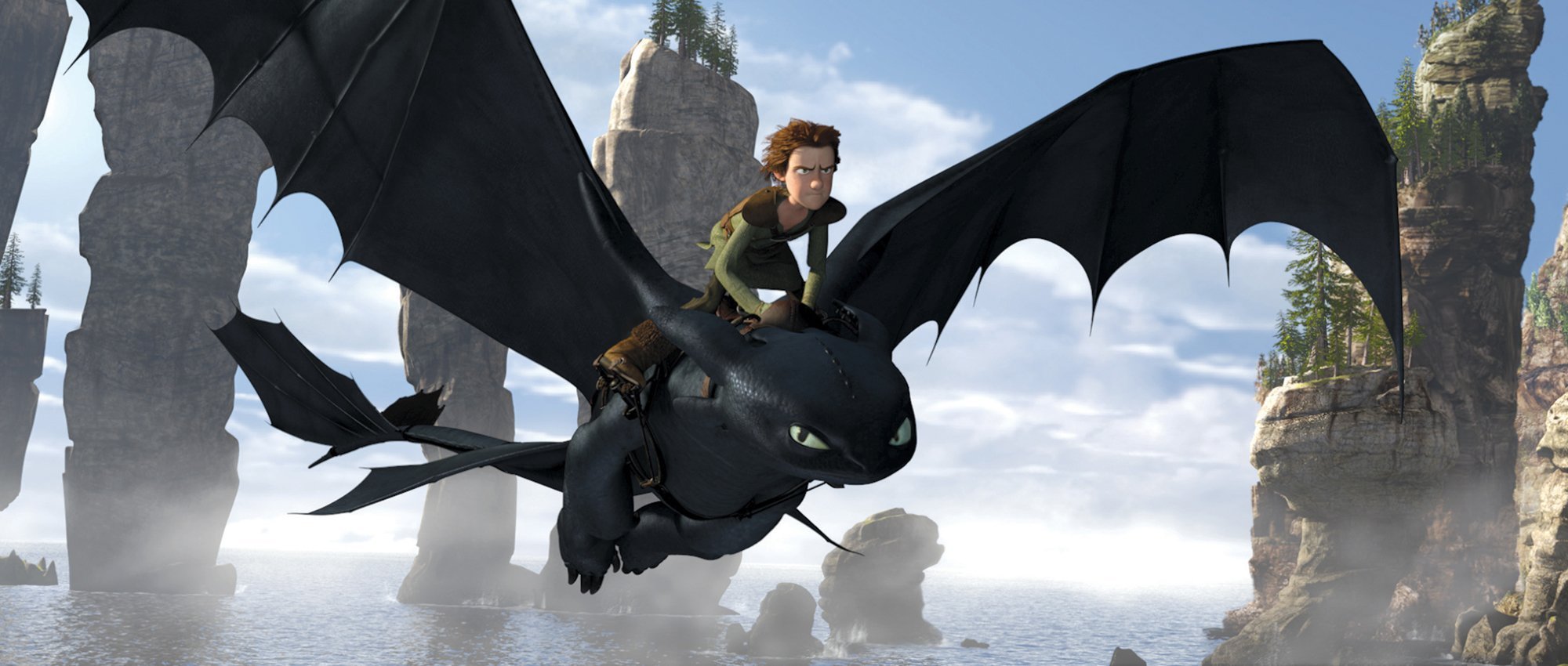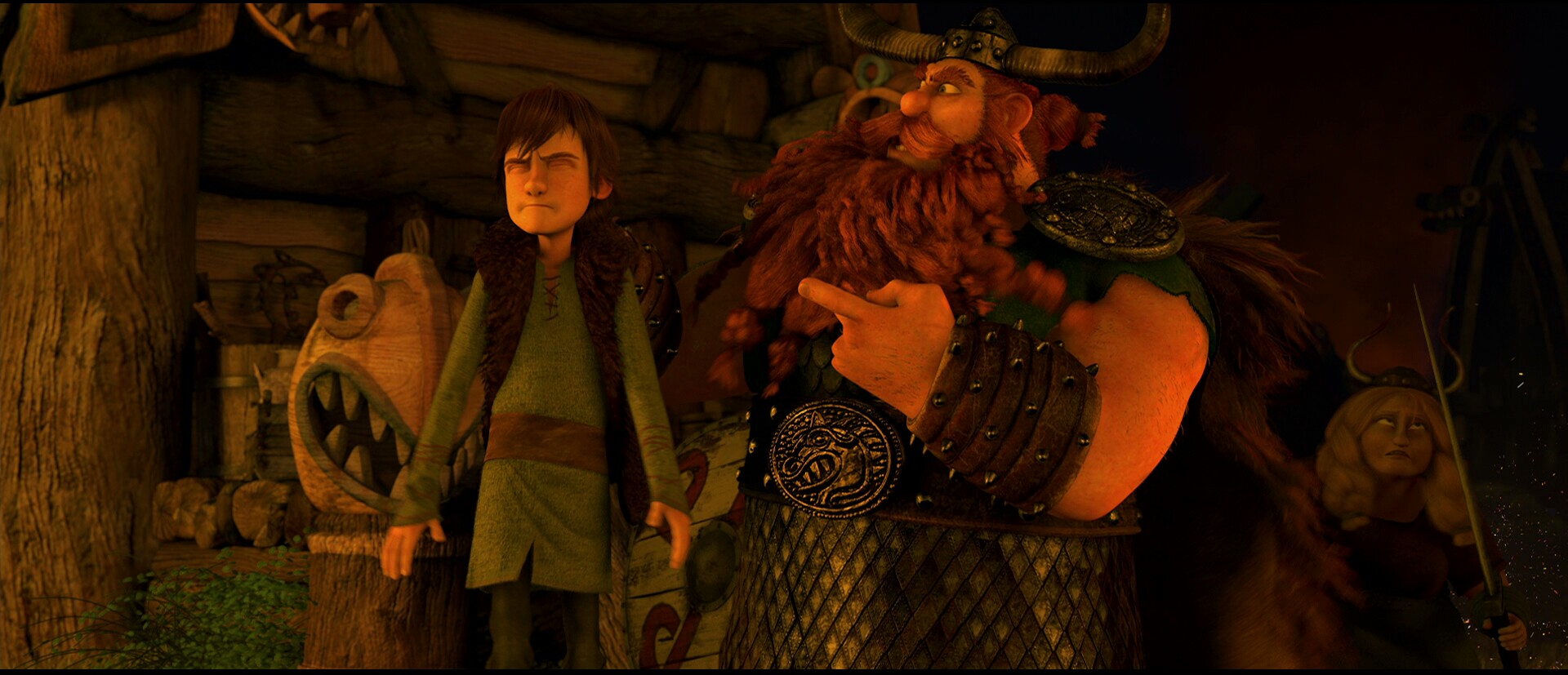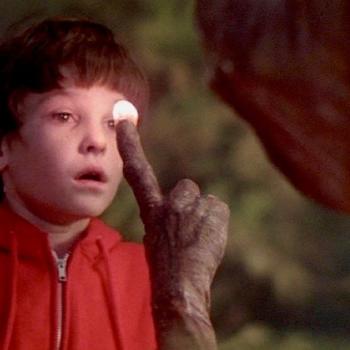
In the years leading up to Christ’s birth, the intellectuals of the day anticipated the coming of the Son of God who would free them from their chains. The savior they anticipated was an angelic warrior king who would rain fire on the Romans and break their chains with an awesome display of might. This is one of the reasons why the Pharisees and Sadducees of the day missed it when he came as a humble carpenter, wandering among the forgotten and lowly of the world. And he didn’t come preaching a gospel of conquering or uprising. What he taught was far more radical. Turn the other cheek. Love thy enemy. Do good to those who despitefully use you.
So what does this have to do with Dreamworks’ 2010 animated masterpiece? Well …

The world of How to Train Your Dragon is one where fierce Vikings prove their mettle by slaying the dragons that pick off their livestock. Enter “Hiccup,” our protagonist and son of the clan chief. The film presents him as an oddball in this community because he’s socially awkward and can’t hold a sword, but the story reveals that his differences actually run deeper. He’s not just a geek, he lacks that enthusiasm for battle and conquering which comes so readily to those in his Viking clan. What he possesses instead is a natural talent for empathy.
Hiccup gets an opportunity to prove himself the Viking warrior his society reveres when he traps the elusive “Night Fury” in his net and has the chance to kill it. But he sees himself in this trapped creature, and he elects to let it go instead. This sets the stage for a friendship between Hiccup and the dragon, whom he dubs “Toothless,” and this itself reveals the hollowness of the Dragon-Viking feud as a whole. Turns out that not only are dragons friendly, they’re also only stealing food on behalf of a much larger dragon who will eat them if they don’t comply.

At his lowest point, Hiccup refers to his own hesitancy to kill Toothless as cowardice, but this is far from the truth. Rejecting the prevailing logic of the day takes more than insight, it takes courage. And as it turns out, the solution to the dragon problem wasn’t solved with a battle axe, it was solved by building a bridge, the last thing anyone in his society would have called for. Despite the notion that taking the time to understand someone not of your party being less gratifying than breaking stuff, the friendship between Hiccup and Toothless opens the doors for something far more adventurous. Which actually sounds more exhilarating–slaying a dragon, or riding a dragon?
I started by referring to the social landscape of Christ and his contemporaries, but I’d be remiss to not admit I’ve observed this dynamic echo in the modern day as well. Sure, it’s generally less commonplace to see calls for Roman Empire level violence (generally, these are weird times, folks). At the same time, “Educate the Rich” has never trended on TikTok as far as I know. We drop a “like” for hateful comments on the internet, as long as it’s well-worded and in the service of our own convictions. We’re a society that celebrates “being kind” in the abstract, but our interactions have long favored overpowering our chosen enemy rather than understanding them, and there’s something missing there.
Kindness has always been the less fun alternative to simply being stronger than your opponent, but it was kindness that Christ preached in his day. There are reasons why biting back seems to come more naturally, that’s just how humans are wired, but turning our hearts over to Christ’s teachings yields a greater reward. In the long run, empathy has always been the more powerful force.














